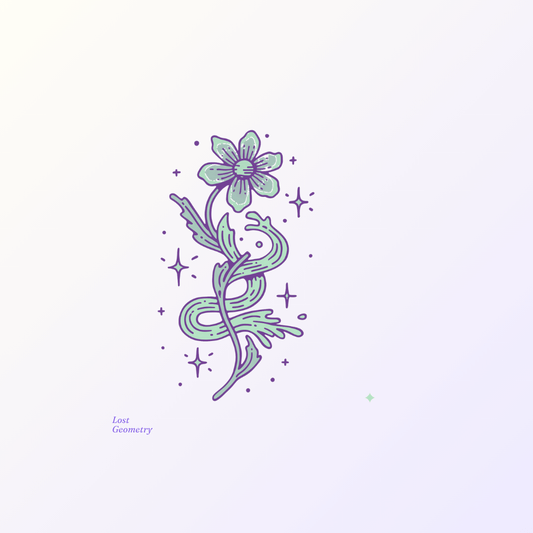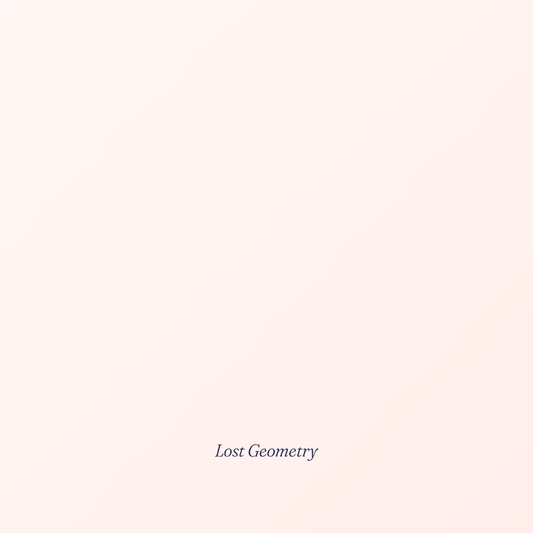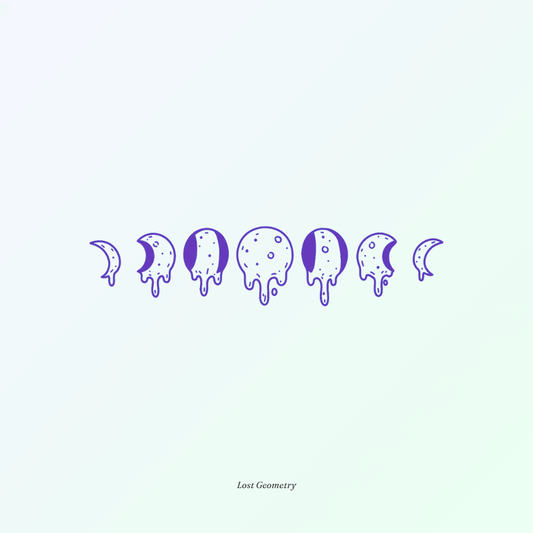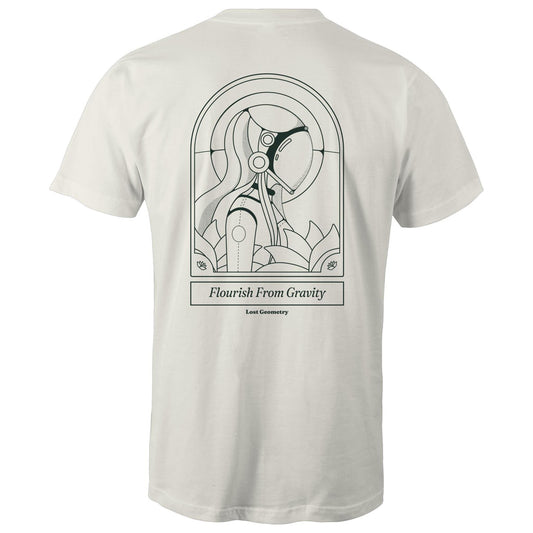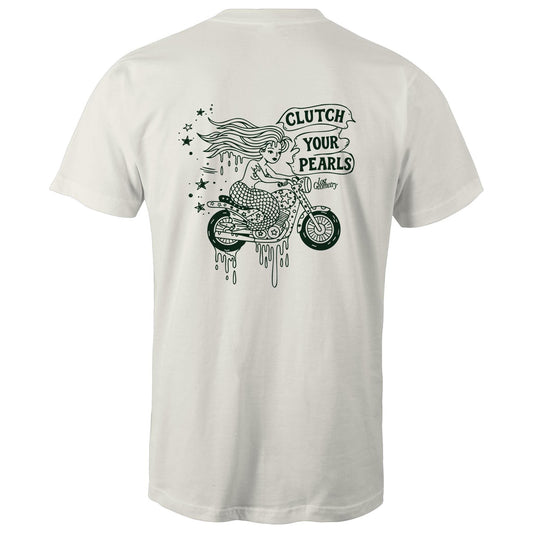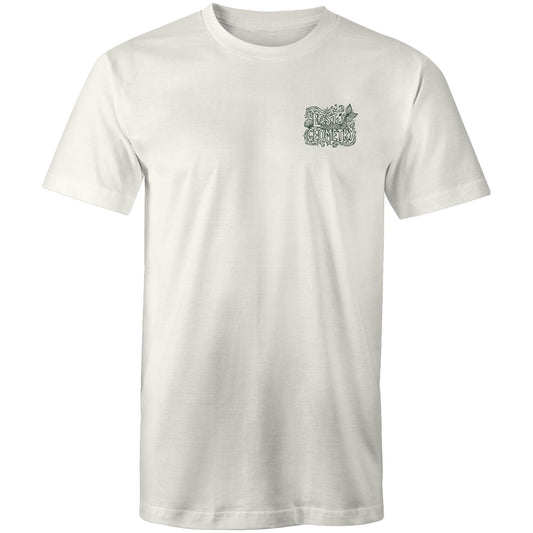Creating Your Personal Growth Greenhouse
Michael HileyHow physical space affects mental state—and designing supportive environments for development.
Plants don't grow by trying harder. They grow when conditions support growth—proper soil, adequate light, appropriate moisture, protection from harsh elements. Your personal development works the same way. Create the right environment and growth happens naturally.
"Co-regulation is when two or more people regulate their mood at the same time," observe Julie O'Sullivan and Carolyn Fitzgibbon in Sensory Modulation Resource Manual. This principle extends beyond people to include how your environment regulates your internal state.
Environmental Psychology Basics
The tree with strong roots illustration shows how supportive spaces create foundation for authentic growth. Your environment constantly influences mood, energy, creativity, and capacity for change.

Environmental psychology reveals how physical spaces shape mental states. Natural light affects circadian rhythms and mood. Clutter increases cortisol and decreases focus. Colours influence energy levels and emotional tone.
Designing for Development
Creating a personal growth environment means intentionally arranging space to support who you're becoming rather than who you've been:
Visual cues — Surround yourself with reminders of your values and aspirations. Art, books, quotes that inspire growth mindset.
Functional flow — Arrange space to make positive behaviours easier and negative patterns more difficult.
Sensory support — Consider lighting, sound, texture, scent. Create environments that calm or energise as needed.
Growth Conditions vs Growth Barriers
Life design involves removing obstacles to natural development while adding elements that nurture expansion:
Remove barriers — Distractions, energy drains, reminders of old patterns you're changing.
Add support — Tools for new habits, inspiration for continued motivation, space for reflection and planning.
Your physical environment should reflect and reinforce your internal aspirations. When external conditions align with inner intentions, change requires less willpower and happens more sustainably.
The Psychology of Place
Specific locations become associated with specific mental states through repeated use. Create dedicated spaces for the activities that matter most to your development.
A corner for morning intention-setting. A desk arranged only for creative work. A chair used exclusively for reading. These environmental anchors help trigger the mental states associated with growth practices.
Your growth environment becomes external scaffolding for internal transformation. Like a greenhouse that creates optimal conditions for plants to flourish, intentional environment design creates optimal conditions for human flourishing.
What one change to your environment would most support your growth right now?

